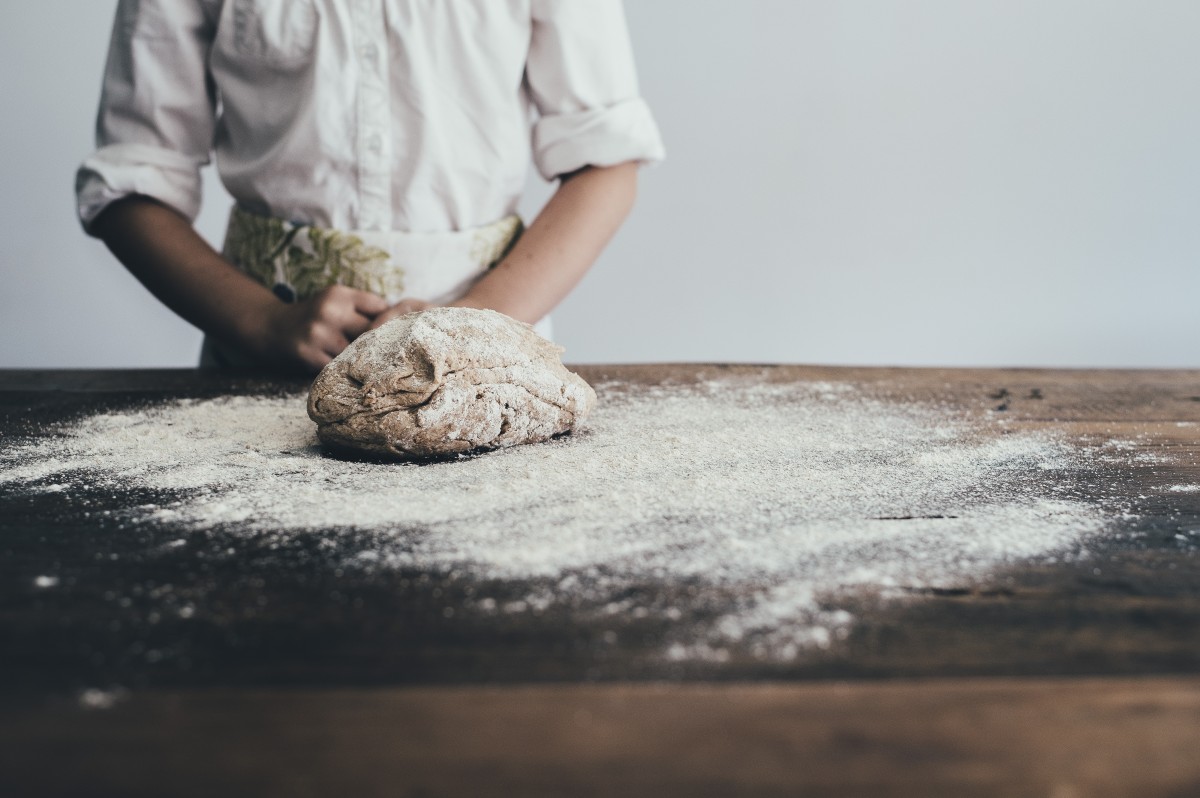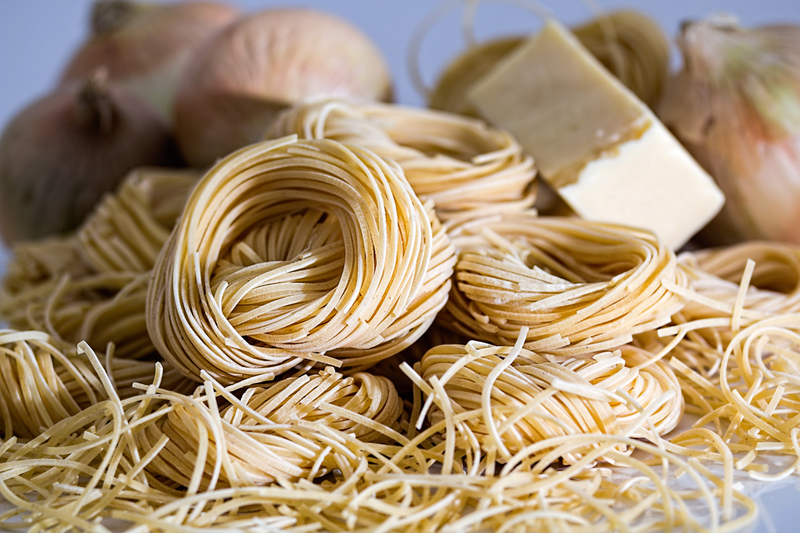Passa the Pasta! Science says Spaghetti is back on the menu!
[shareaholic app="share_buttons" id="27983777"]Finally, the news everyone’s been waiting for. Pasta is good for you!
Newspapers and foodie journals across the country have been reporting feverishly the last few days on what Italians have known for centuries. Pasta just isn’t that bad.
But before you go out and get a lobster stuffed macaroni and cheese celebrate, there are a few important details to pay attention to.

First of all, we’re talking about pasta, and pasta alone. Not all of the creamy, greasy, fatty-fun toppings and endless garlic breads that seem to accompany pasta in the United States. So say arrividerci to that can of ‘alfredo sauce’ and give it two kisses goodbye. We’re talking about the old-school, real-deal, the ace of bases, pasta.

Ever since the ‘low-carb’ diet trend hit in the mid 90’s Americans have been obsessed with lowering their ‘carb’ intake. However, carbohydrates are a complex bunch and are definitely not all the same. While highly-processed bleached flour products like cake, cookies, and white bread are obvious no-nos, perfectly good and vital foods like pasta have been tossed into the pot with all the rest.
Why?
It’s all about the GIs. The glycemic index, that is.
First of all, carbs are not bad. Carbohydrates are actually the most important macro nutrient for us to consume. Carbohydrates give us energy, nutrition to burn, and keep us feeling full longer. Carbs can be found in every food item, not just breads and rice, from spinach, to beans, to apples! When people recommend lowering your carb intake, they usually mean cutting back on processed flour products. That’s because these highly processed flour products have a high glycemic index.

Simply put, the glycemic index is a ranking system for the quality of carbs in the foods you eat based on how they affect your blood glucose levels. When you eat a carbohydrate with a high glycemic index (over 70) your blood sugar levels spike and then crash, leaving you tired and hungry again with extra glucose in your system that your body, if unused, turns to store as fat. Boooo!
But when we eat low glycemic foods (with a value of 55 or under) like apples, spinach and PASTA, our blood sugar levels stay steady for longer, causing us to have sustained energy, satiated hunger, and less glucose to store as fat.
Ever wonder why Italians are so thin? Well… now you know. The mediterranean diet balances whole grains, legumes, pastas and veggies with pure oils and small amounts of healthy fats for an overall well balanced, satisfying meal!

To the study!
Researchers from St Michael’s Hospital in Toronto analysed a total of 2,448 people from 29 studies to test the result of eating a half cup of pasta 3.3 times a week, instead of other forms of carbohydrates. “The study found that that pasta didn’t contribute to weight gain or increase in body fat,” said Dr John Sievenpiper, consultant physician and lead author of the study. In fact, those who ate pasta as part of a low-GI diet actually ended up losing a small amount of weight.

Not all pasta is made the same! If you want to make sure you’re getting the best of the best, check out our pasta aisle for organic and artisanal pastas made by hand!


